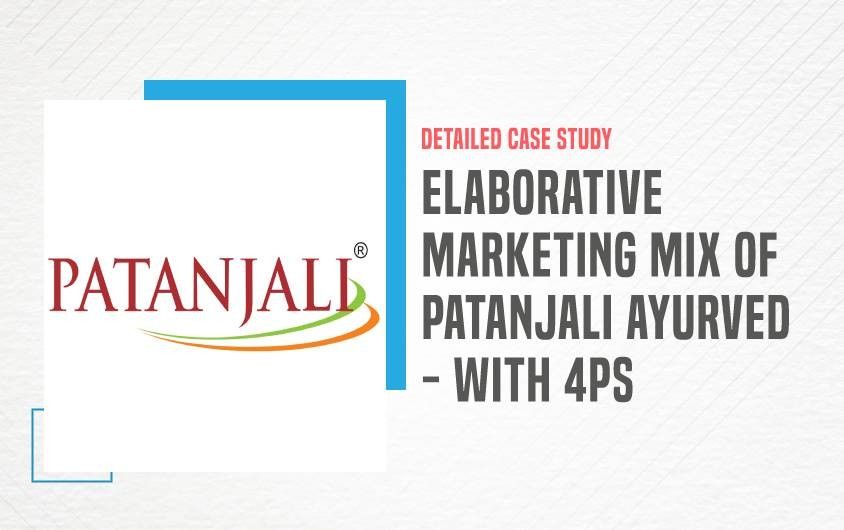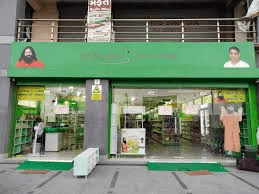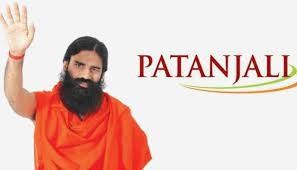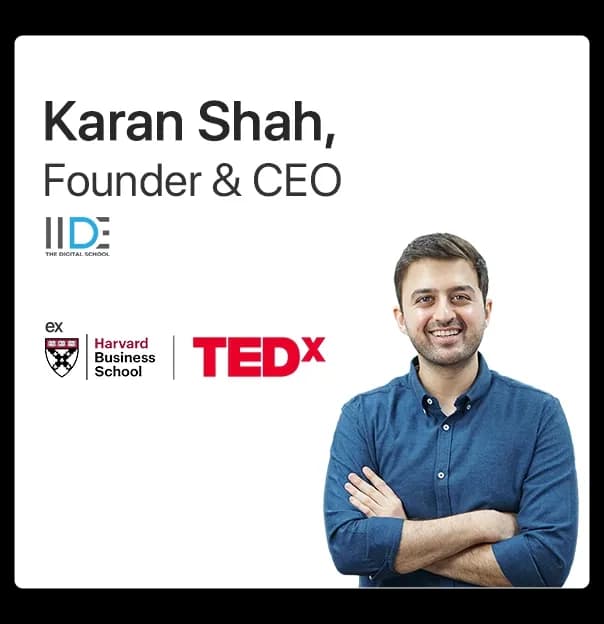
Updated on Aug 9, 2025
Share on:
Patanjali is an ayurvedic-centred company that joined hands with FMCG and grew to a market leader instantly by the strategic Marketing Mix of Patanjali, its astonishing marketing strategy and positioning. Having adhered to the traditional dependence of the country on ayurvedic products and medicines, Patanjali marketed itself as pure and herbal thereby successfully capturing the Indian minds. The company founder was listed in Forbe’s billionaire list.
In this blog, we will be going in-depth about the Marketing Mix of Patanjali including its 4Ps. Now let us know more about the company:
About Patanjali

Patanjali Ayurved Ltd. is a rapidly growing FMCG company in India that solely deals with herbal and natural products. It was founded in 2006 by Acharya Balkrishna and yoga guru Baba Ramdev. It has its headquarters in Haridwar. In the year 2019, it made earnings worth $ 1.2 billion.
Patanjali’s digital marketing strategy revolves around linking modern India with its culture and heritage of medicine ie. Ayurved. The company has a wide range of products and several product lines.
While observing the business side of the organization, it caters to the personal care and food industries. It produces more than 2,500 products and manufactures over 300 Ayurved medicines for the treatment of various body ailments.
Now that we have a brief overview of the company, let us dive into the marketing mix of Patanjali and understand the 4P’s for the company.
Marketing Mix of Patanjali

A marketing mix is an analytical tool that helps a company in branding and marketing the product. It majorly consists of product, price, place and promotion (4P’s).
Let us understand it better by viewing the marketing mix of Patanjali.
1. Product Strategy of Patanjali

Baba Ramdev using his huge fan following is continuously pushing Indians to commence using Indian brands and boost the economic growth of the country. Patanjali is preparing to take over all famous brands dealing in beverages and foods.
Some of the product lines of the company are-
- Food items – which consist of jams, biscuits, noodles, pulses and many other categories of food products.
- Beverages
- Healthcare & Medicines
- Personal care products
- Cleaning agents
- Ayurvedic Medicines
Patanjali has a very diverse portfolio of products, it is growing very rapidly and expanding its product line in all sectors.
2. Price Strategy of Patanjali

Pricing has played a significant role in getting Patanjali Ayurved ahead of its tough competitors.HUL and P&G have tried to surpass Patanjali, but the love for the Indian products that grow in people’s hearts is making Patanjali the Market Leader in FMCG and Ayurvedic Product Segments.
In addition, Patanjali also conveys to consumers the benefits of using its products and also makes use of price comparison as an effective and efficient marketing tool. The price strategy is undoubtedly making a mark because Patanjali knows that the company is unable to capture the market at higher prices. Moreover, if natural ingredients are available, the cost of the product is bound to be lower. Almost every product records a price decline of 25-30 per cent in contrast with the foreign brands that help Patanjali penetrate every household in a country like India.
3. Place Strategy of Patanjali

Patanjali has managed to reach a wide population in a short period by expanding its product lines rapidly. It has an effective distribution network as it has tied up with the Future Group, Reliance retail, Hypercity, and such huge companies. This has enabled the Patanjali brand to ensure that its products are widely available across urban and rural areas in India. Around 5000 retailers are actively promoting Patanjali products along with local grocery stores and ayurvedic remedy centres.
With the online being the new normal, Patanjali is also effectively increasing its presence online and has a significant audience buying its product online. The online channel has increased the reach of the company, especially in the pandemic. Their products are also widely available in countries like Nepal, Saudi Arabia, UAE, the Middle East, Bangladesh, Sri Lanka which shows the geographical expansion of Patanjali.
4. Promotion & Advertising Strategy of Patanjali

The promotional and advertising strategy of Patanjali Ayurved is as follows:
Patanjali has contemplated advertising for its products as a high priority for driving its sales. The promotion and advertising in Patanjali’s marketing mix make use of all media sources like print media, television, online ads, billboards. Besides, Patanjali’s brand ambassador is Baba Ramdev, who himself has an astonishing fan following, which enabled the brand to catapult into the big league within a short span.
Moving further, the advertisements of Patanjali have been aggressive where they have highlighted the significance of using natural and ayurvedic ways of creating products. In addition, Patanjali reflects all its products in their different advertisements informing the health benefits of each of them. This huge advertising exercise by Patanjali has made it one of the fastest evolving FMCG companies in India, with annual revenues above INR 5000 crores.
Now that we have understood the marketing mix of Patanjali, let us also quickly see the Industry analysis for the company.
Industry Analysis of Patanjali
Patanjali as a company has expanded very rapidly from a medical entity to a leader in the food and beverage industry. The company has no celebrity brand ambassador for advertising, they have perfectly demonstrated Baba Ramdev as he has a huge fan following due to yoga. The company has effectively cut its cost, one of the main reasons for its success is its products being 10%-30% lower in cost than other FMCG products and increasing awareness for a healthy lifestyle among Indian people has helped them. The major competitors of the company are Dabur, P&G and Nestle. Patanjali has left its competitors behind by using psychological marketing techniques and effective pricing policies.


Learn Digital Marketing for FREE


Conclusion
Patanjali is now sitting in a leading position in the market by focusing on the brand image that echoes with every Indian citizen’s sense of patriotism. However, it should not completely forget competitors like Naturals, pure roots, Vindhya Herbals, Dabur. If Patanjali has to retain existing customers and capture more customers along with satisfying them, it must fulfil the claims made by it before any other brand may follow suit and take away all its benefits of marketing through spirituality.
Liked the blog? Read more such blogs on IIDE’s Knowledge Portal.
If you wish to pursue digital marketing, you must check our Free Digital Marketing Masterclass by Karan Shah, CEO and Founder of IIDE.
Thank you for taking the time to read the blog.
Want to Know Why 2,50,000+ Students Trust Us?
Dive into the numbers that make us the #1 choice for career success

MBA - Level
Post Graduate in Digital Marketing & Strategy
Best For
Fresh Graduates
Mode of Learning
On Campus (Mumbai & Delhi)
Starts from
Jan 5, 2026
Duration
11 Months
Live & Online
Advanced Online Digital Marketing Course
Best For
Working Professionals
Mode of Learning
Online
Starts from
Dec 19, 2025
Duration
4-6 Months

Online
Professional Certification in AI Strategy
Best For
AI Enthusiasts
Mode of Learning
Online
Duration
5 Months

Offline
Undergraduate Program in Digital Business & Entrepreneurship
Best For
12th Passouts
Mode of Learning
On Campus (Mumbai)
Duration
3 Years
Recent Post
Aditya Shastri leads the Business Development segment at IIDE and is a seasoned Content Marketing expert. With over a decade of experience, Aditya has trained more than 20,000 students and professionals in digital marketing, collaborating with prestigious institutions and corporations such as Jet Airways, Godrej Professionals, Pfizer, Mahindra Group, Publicis Worldwide, and many others. His ability to simplify complex marketing concepts, combined with his engaging teaching style, has earned him widespread admiration from students and professionals alike.
Aditya has spearheaded IIDE’s B2B growth, forging partnerships with over 40 higher education institutions across India to upskill students in digital marketing and business skills. As a visiting faculty member at top institutions like IIT Bhilai, Mithibai College, Amity University, and SRCC, he continues to influence the next generation of marketers.
Apart from his marketing expertise, Aditya is also a spiritual speaker, often traveling internationally to share insights on spirituality. His unique blend of digital marketing proficiency and spiritual wisdom makes him a highly respected figure in both fields.